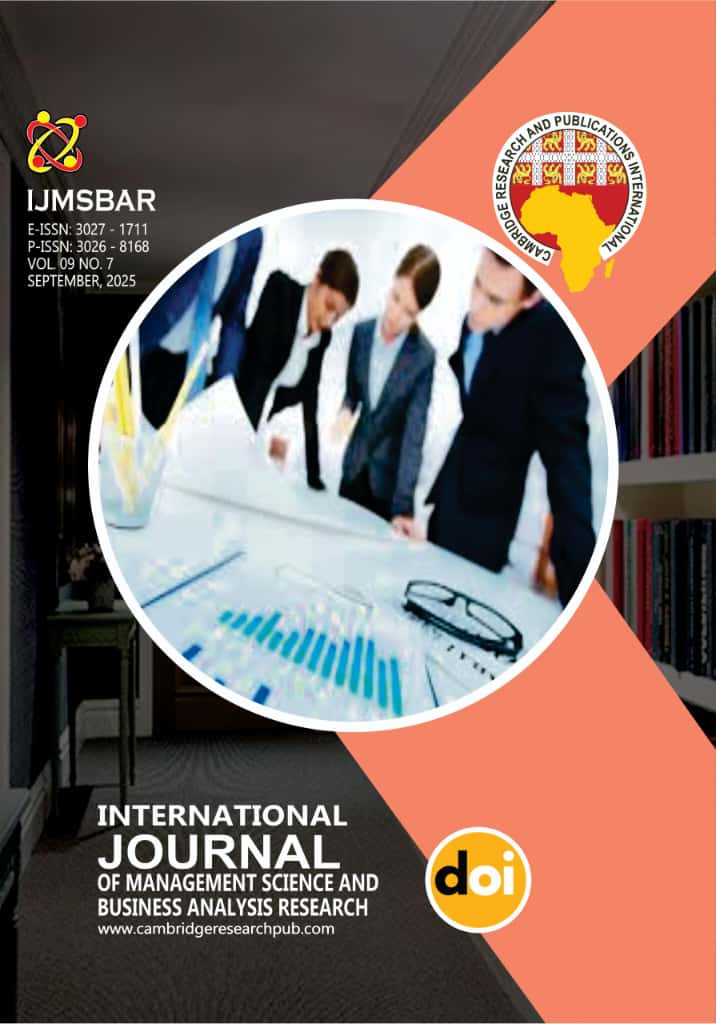TRANSPARENCY, ACCOUNTABILITY, AND CORRUPTION RISK ASSESSMENT: JOINT ADMISSIONS AND MATRICULATION BOARD (JAMB)
Main Article Content
Abstract
The Joint Admissions and Matriculation Board (JAMB), established in 1978, regulates admissions into Nigeria’s tertiary institutions through the Unified Tertiary Matriculation Examination (UTME). Since 2016, the agency has implemented reforms aimed at modernising its processes and strengthening accountability. While notable progress has been achieved, persistent challenges continue to undermine transparency, inclusivity, and public trust. This report assesses JAMB’s performance in promoting transparency, accountability, and mitigating corruption risks. It finds that reforms such as centralised e-payments, biometric verification, and the Central Admissions Processing System (CAPS) have improved financial management and reduced fraud. JAMB’s compliance with Freedom of Information (FOI) requests, coupled with expanded use of digital platforms, has further enhanced public communication and oversight. However, weaknesses remain. Limited disclosure of expenditure details and procurement outcomes constrains accountability. Historical corruption scandals and ongoing legal cases highlight governance vulnerabilities, while disparities in access to examination centres for rural and disabled candidates expose gaps in inclusivity. Technical disruptions during examinations also point to infrastructural deficiencies. The report recommends that JAMB enhance transparency by publishing detailed expenditure data and audit reports, while sustaining anti-corruption measures and supporting investigations. Expanding examination centres in underserved regions and improving disability accommodations are critical for equitable access. Investing in resilient infrastructure and engaging proactively in legislative matters is crucial to enhancing credibility and aligning JAMB more effectively with Nigeria’s broader educational objectives.
Downloads
Article Details
Issue
Section

This work is licensed under a Creative Commons Attribution 4.0 International License.




